Rising Environmental Awareness
The Bird Feeder Market is significantly influenced by the rising environmental awareness among consumers. As individuals become more conscious of ecological issues, there is a growing demand for products that support local wildlife. Bird feeders serve as a practical solution, providing sustenance for birds while promoting biodiversity. Recent studies indicate that nearly 70% of consumers prefer eco-friendly products, which has led manufacturers to innovate and create sustainable bird feeders. This shift towards environmentally responsible choices is likely to drive growth in the Bird Feeder Market, as consumers increasingly seek products that align with their values. Furthermore, educational campaigns about the importance of bird conservation may further enhance market demand, as more people recognize the role of bird feeders in supporting avian populations.
Community Engagement and Education
The Bird Feeder Market benefits from increased community engagement and educational initiatives focused on wildlife conservation. Local organizations and schools are increasingly incorporating bird feeding programs into their curricula, fostering a sense of responsibility towards nature among younger generations. This educational approach not only raises awareness about the importance of birds in ecosystems but also encourages families to invest in bird feeders. Market Research Future indicates that communities with active birdwatching clubs and educational workshops see a higher demand for bird feeders, as participants are motivated to attract and observe local bird species. This trend suggests that the Bird Feeder Market may experience sustained growth as community-driven efforts promote wildlife appreciation and conservation.
Increased Interest in Birdwatching
The Bird Feeder Market experiences a notable surge in interest as more individuals engage in birdwatching activities. This trend appears to be driven by a growing appreciation for nature and wildlife, particularly among urban populations. According to recent surveys, approximately 50 million people in the United States alone participate in birdwatching, which correlates with increased sales of bird feeders. The Bird Feeder Market benefits from this heightened interest, as consumers seek to attract various bird species to their backyards. This phenomenon not only enhances the aesthetic appeal of residential spaces but also fosters a deeper connection with the environment. As more people invest in bird feeders, the market is likely to expand, reflecting a broader societal shift towards outdoor activities and wildlife conservation.
Urbanization and Outdoor Living Trends
The Bird Feeder Market is positively impacted by the ongoing trends of urbanization and outdoor living. As more individuals move to urban areas, there is a growing desire to create green spaces within limited environments. Bird feeders serve as an effective means to attract wildlife, providing urban dwellers with a connection to nature amidst concrete surroundings. Recent data indicates that urban gardening and outdoor decor markets are expanding, with bird feeders becoming a popular choice for enhancing outdoor aesthetics. This trend suggests that the Bird Feeder Market may continue to thrive as consumers seek to beautify their living spaces while promoting biodiversity. The integration of bird feeders into urban landscapes reflects a broader movement towards sustainable living and environmental stewardship.
Technological Advancements in Bird Feeders
The Bird Feeder Market is witnessing a transformation due to technological advancements that enhance user experience and functionality. Innovations such as smart bird feeders equipped with sensors and cameras allow users to monitor bird activity remotely. These technological integrations appeal to tech-savvy consumers who seek interactive and engaging ways to connect with nature. Market data suggests that the segment of high-tech bird feeders is growing rapidly, with sales projected to increase by 15% annually. This trend indicates a shift in consumer preferences towards products that offer both convenience and enhanced features. As manufacturers continue to invest in research and development, the Bird Feeder Market is likely to see a proliferation of innovative products that cater to diverse consumer needs.



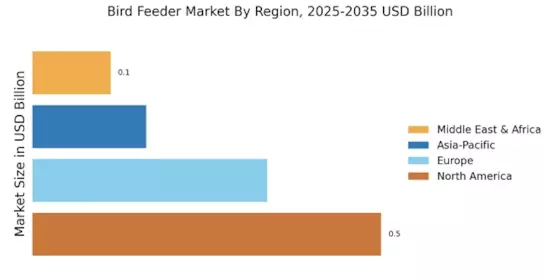
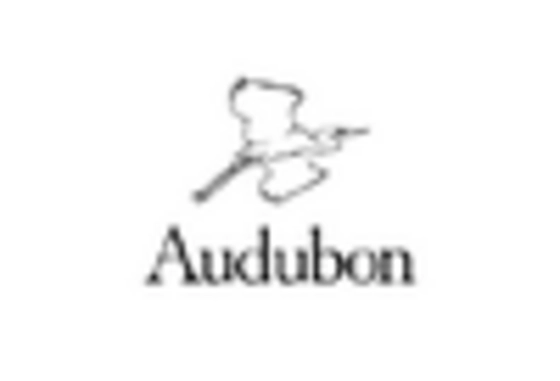
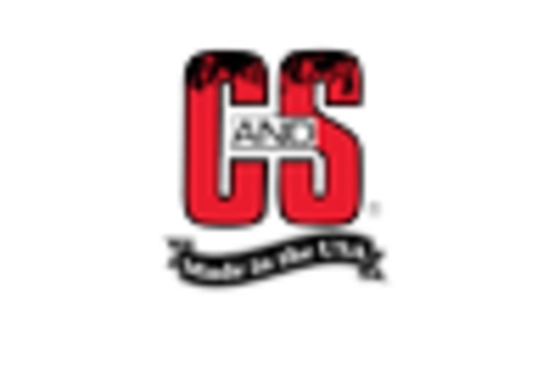
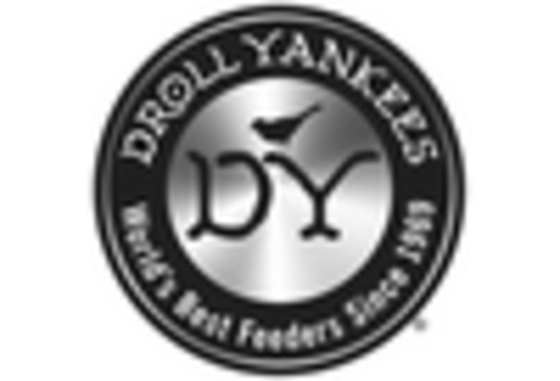
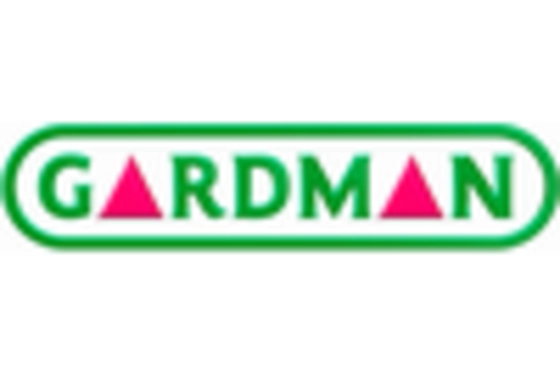
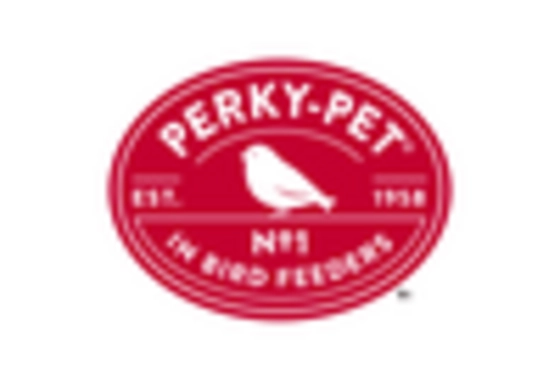
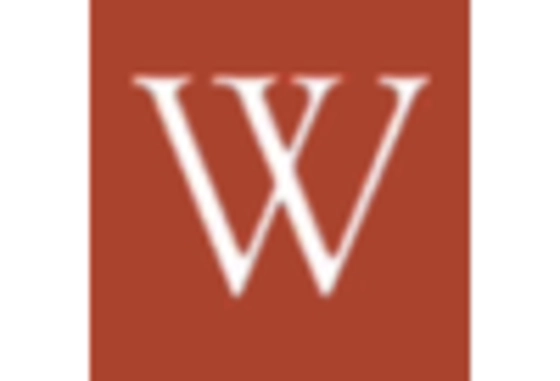








Leave a Comment